Knoxville was first settled in 1786 with the establishment of James White’s Fort. After the Civil War, the city boomed and grew rapidly as a major wholesaling and manufacturing center. Knoxville became a city of furnaces and mills, iron manufacturing, lumber, grain, and textiles. The railroad in Knoxville arrived 1855, and after few years, several investors purchased the city’s two major railroads and merged them into the East Tennessee, Virginia, and Georgia Railway. The population grew rapidly in the late 19th Century; immigrants from several European counties arrived in the city. At the beginning of the 20th Century, Knoxville was the most populated city, mainly from the increasing use of coal, and the crime rates were also high. The economic boom began to decline, the wholesaling sector collapsed, and the population growth also declined.
In the 1930s and early 1940s, several major federal programs aided the city. During the Great, Depression construction fell 70%, and unemployment tripled. In the 1930s and early 1940s, several major federal programs aided the city.
Here below are some historical photos of Knoxville, Tennessee, from the early 20th Century, documenting street scenes, cityscapes, and everyday life.


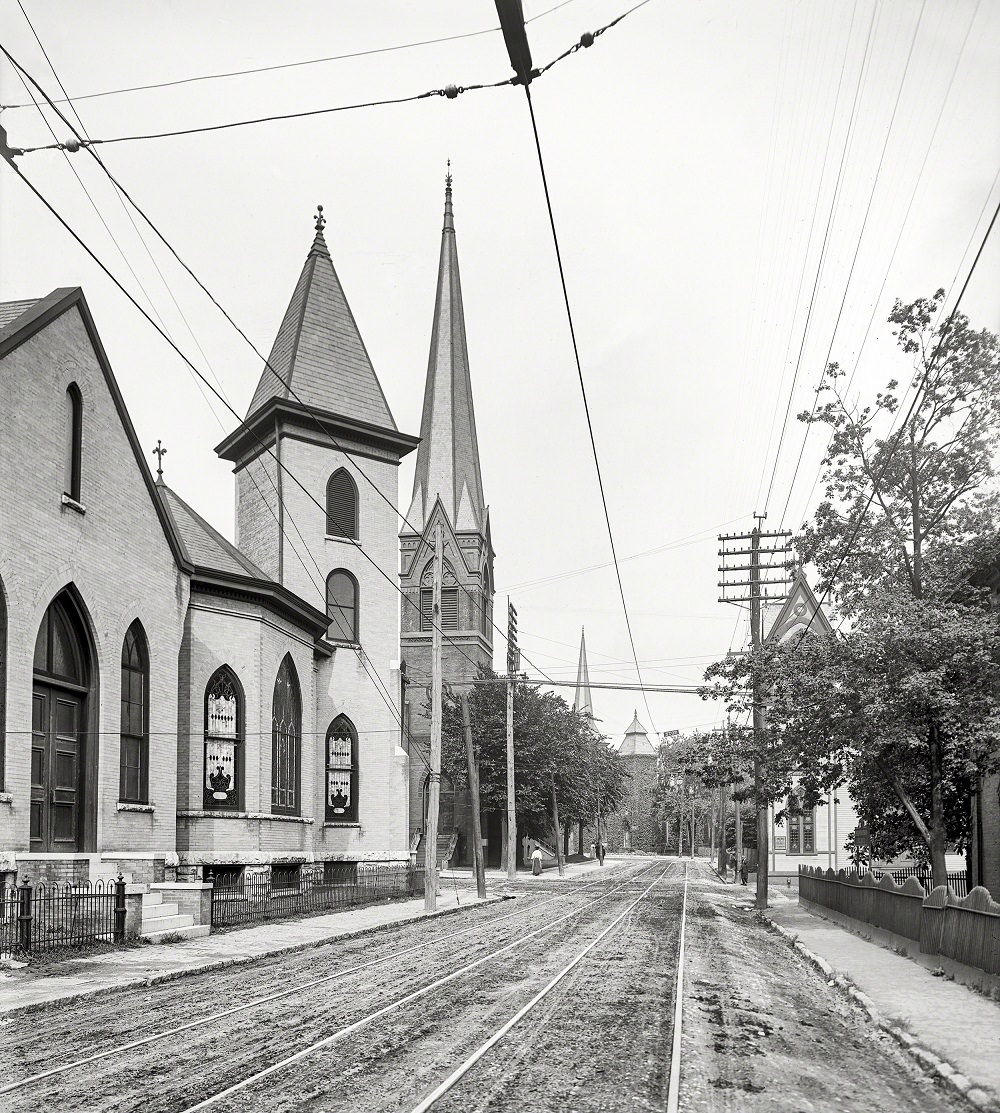
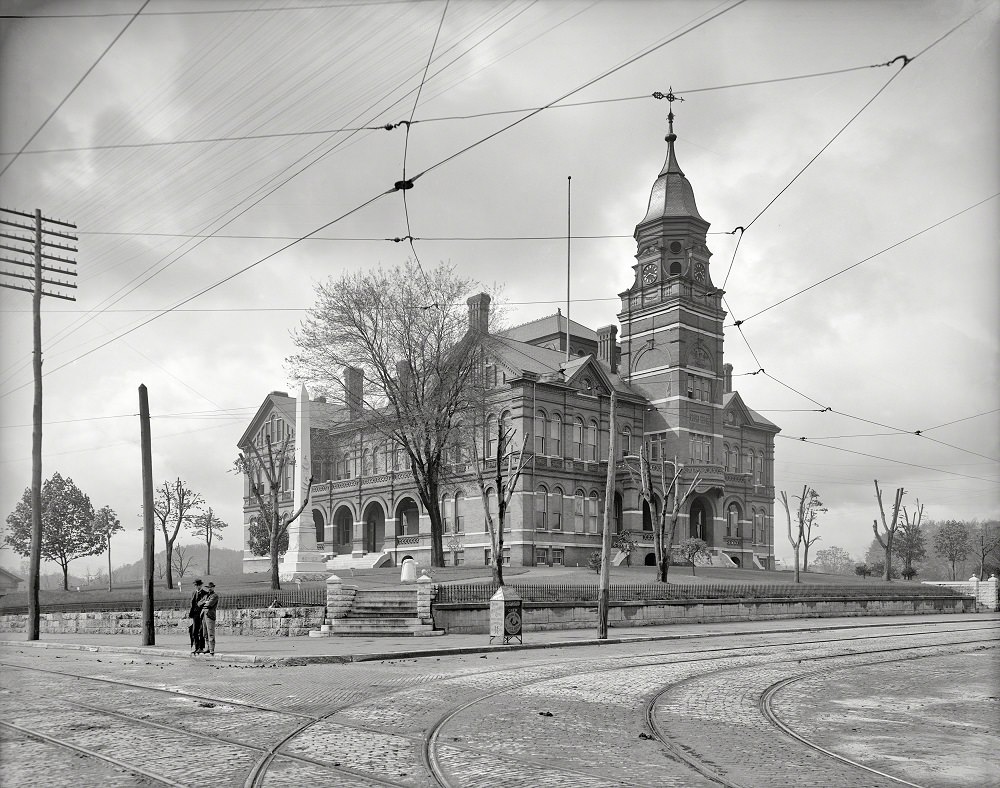
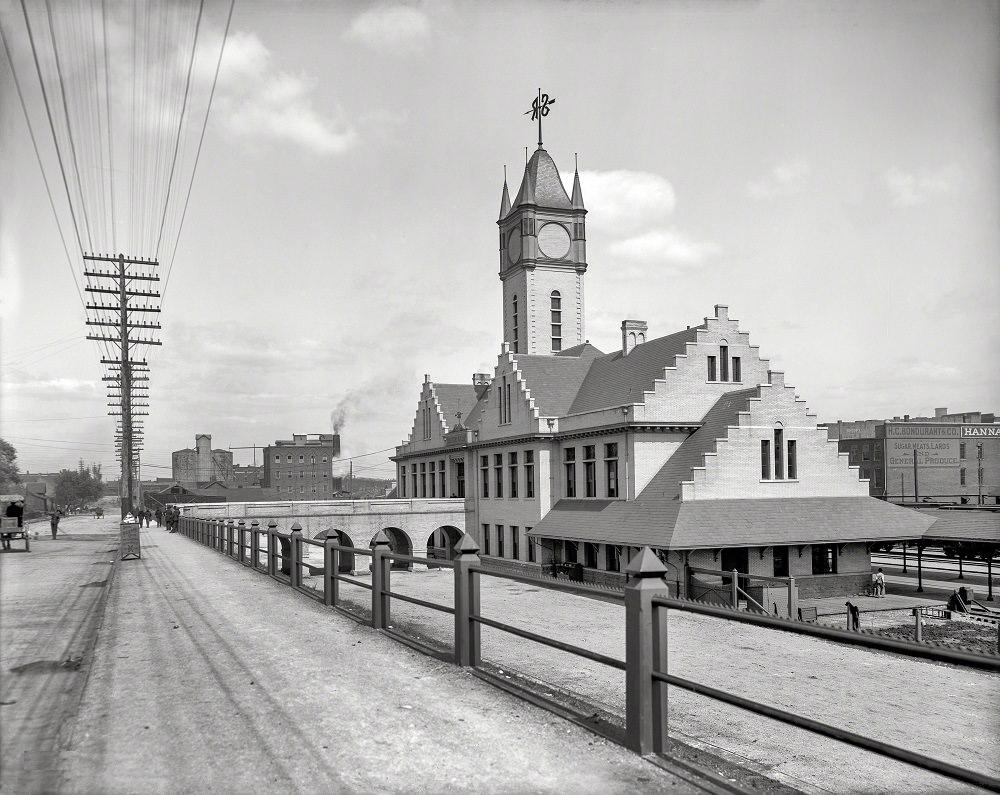
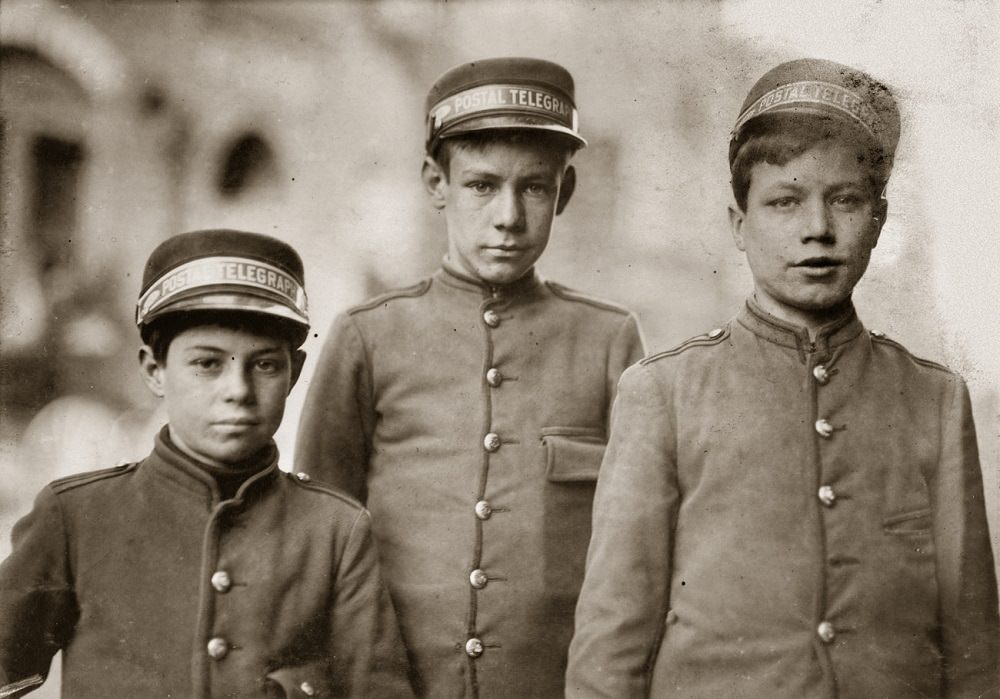

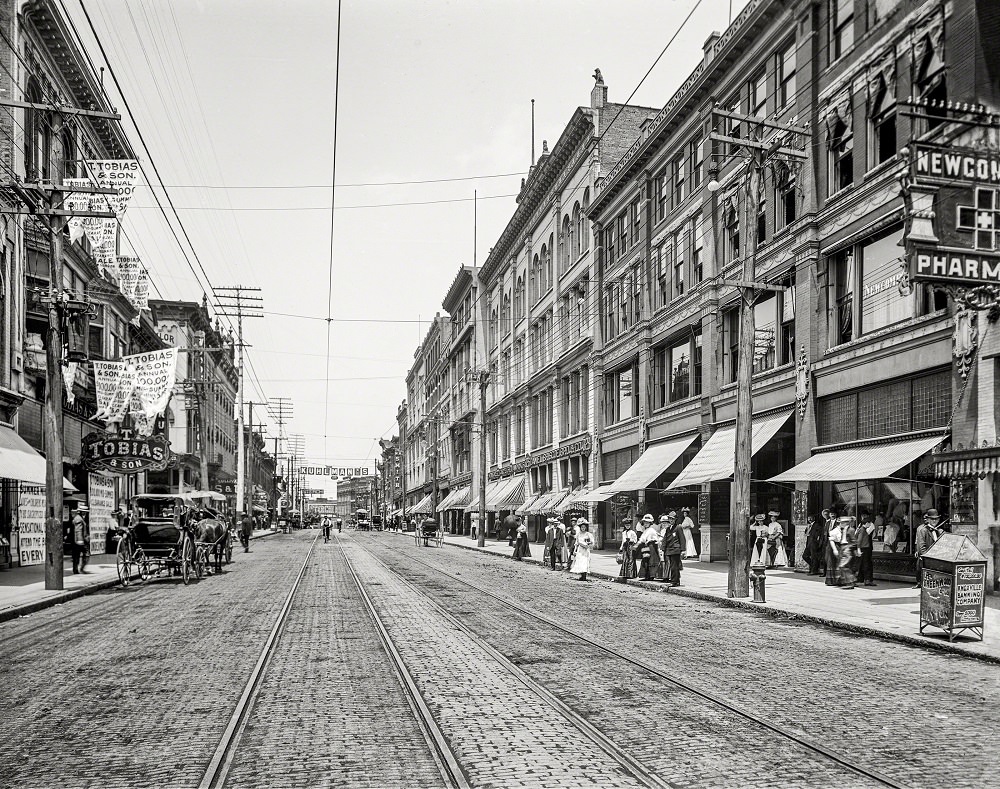
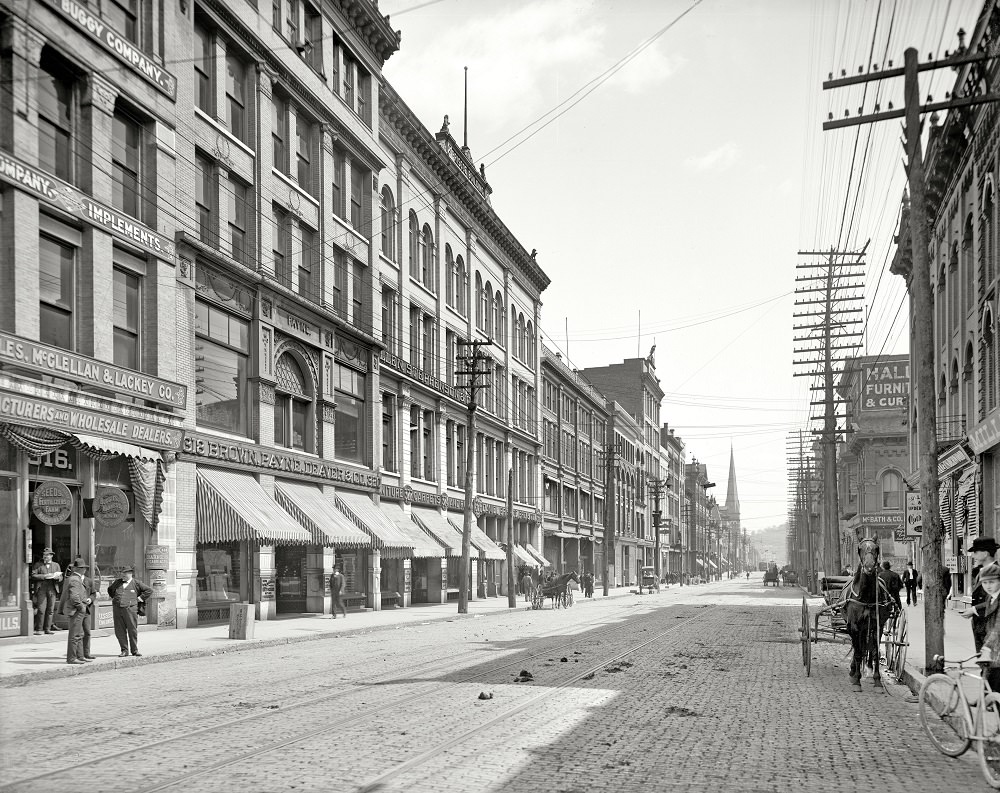
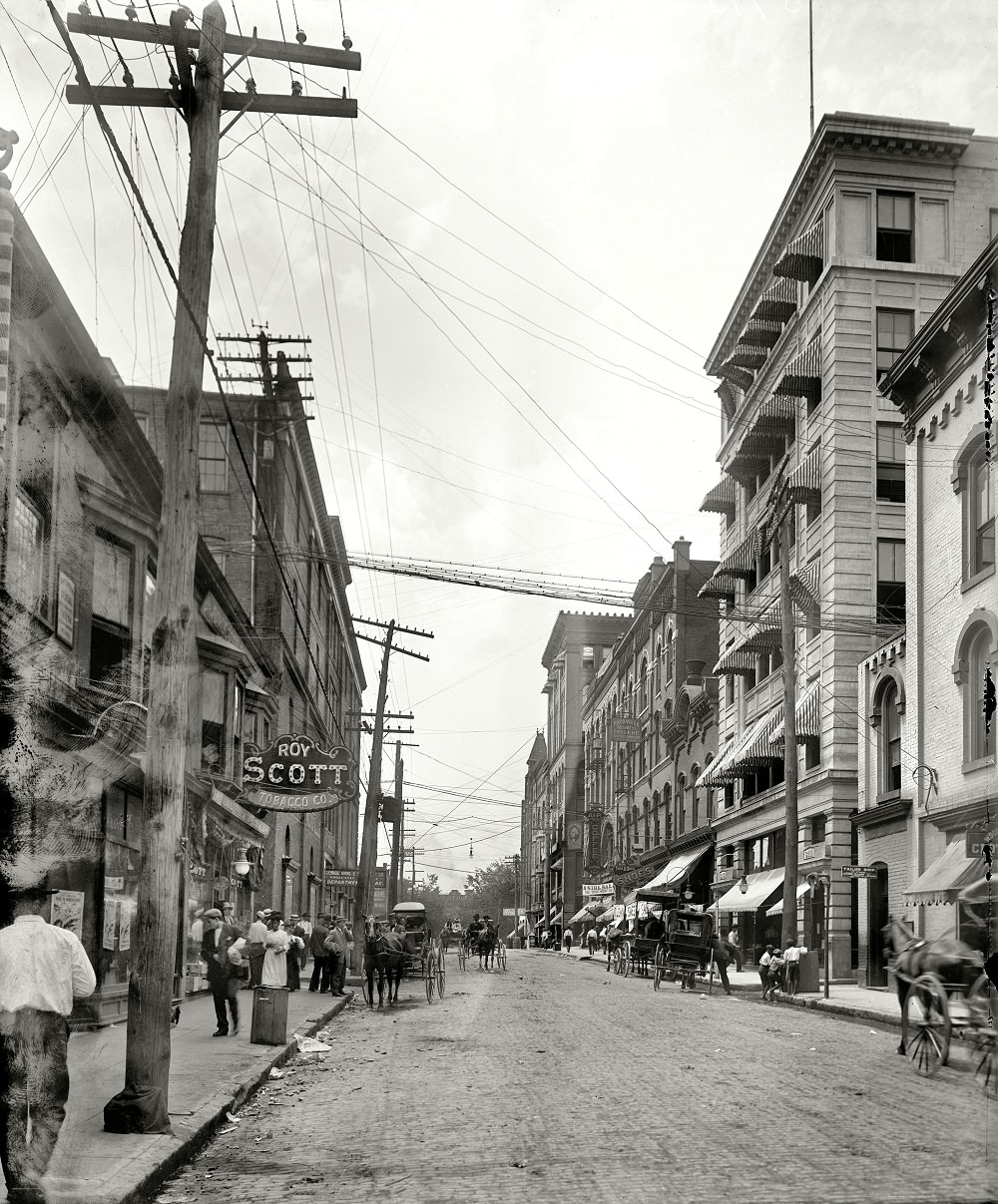
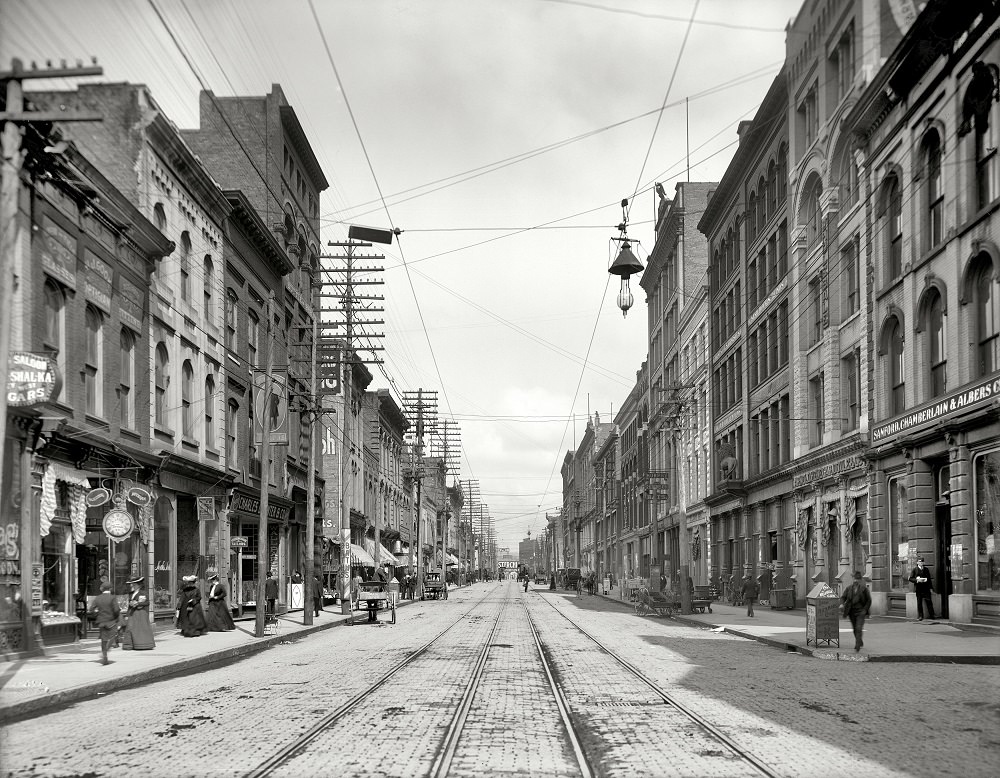
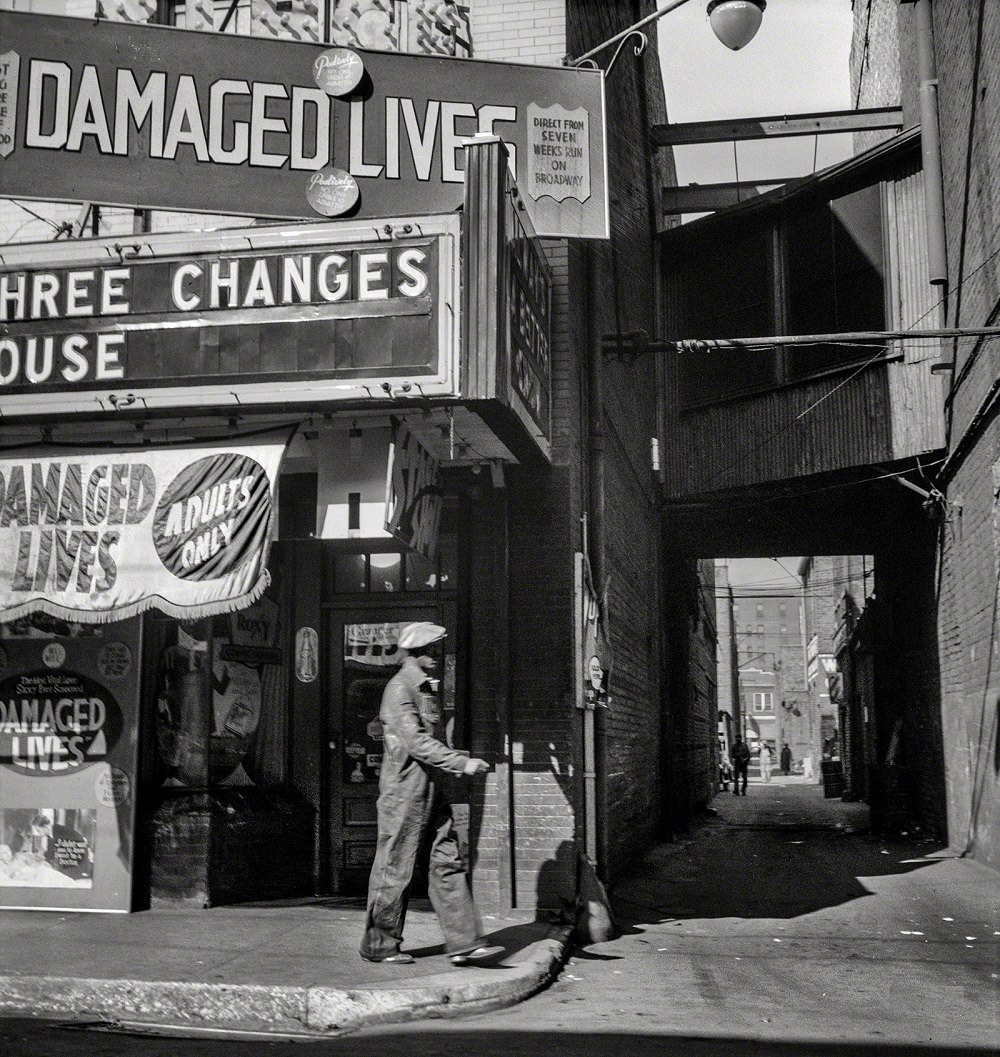
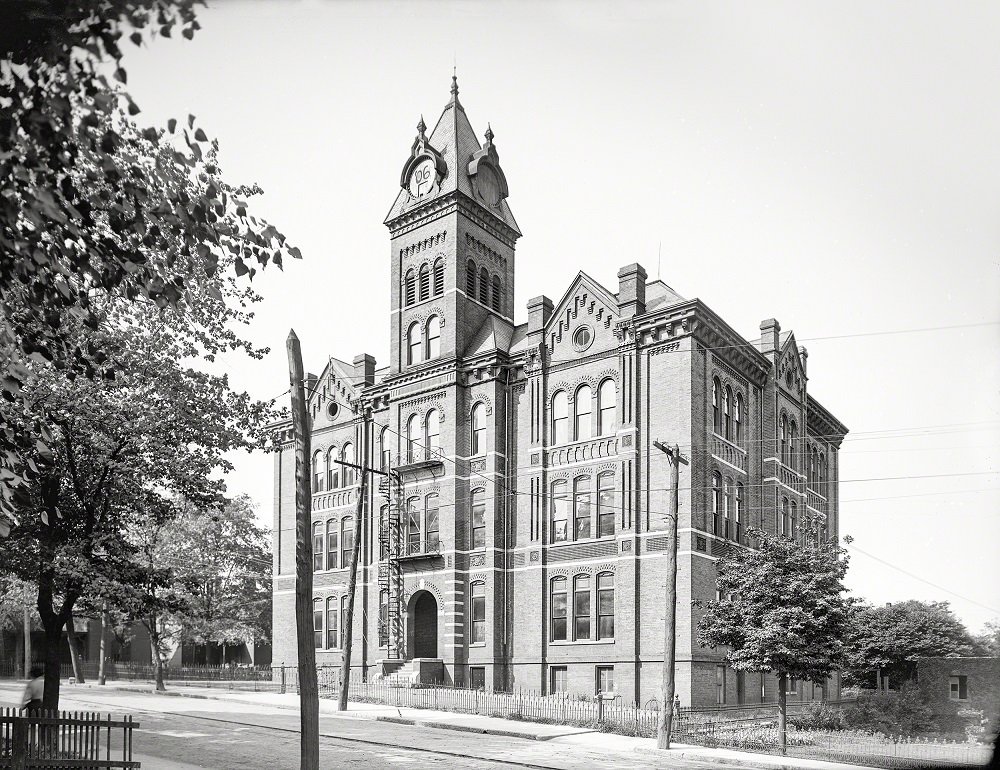
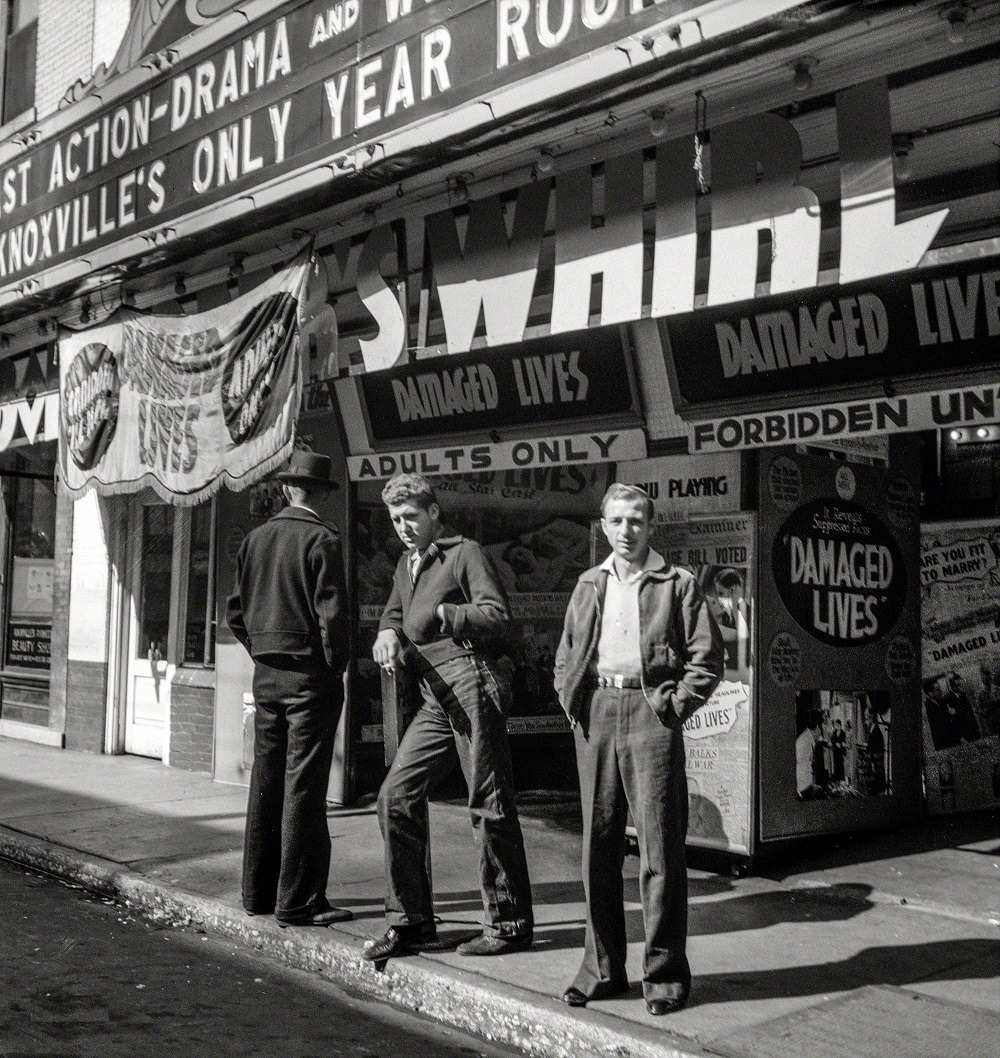
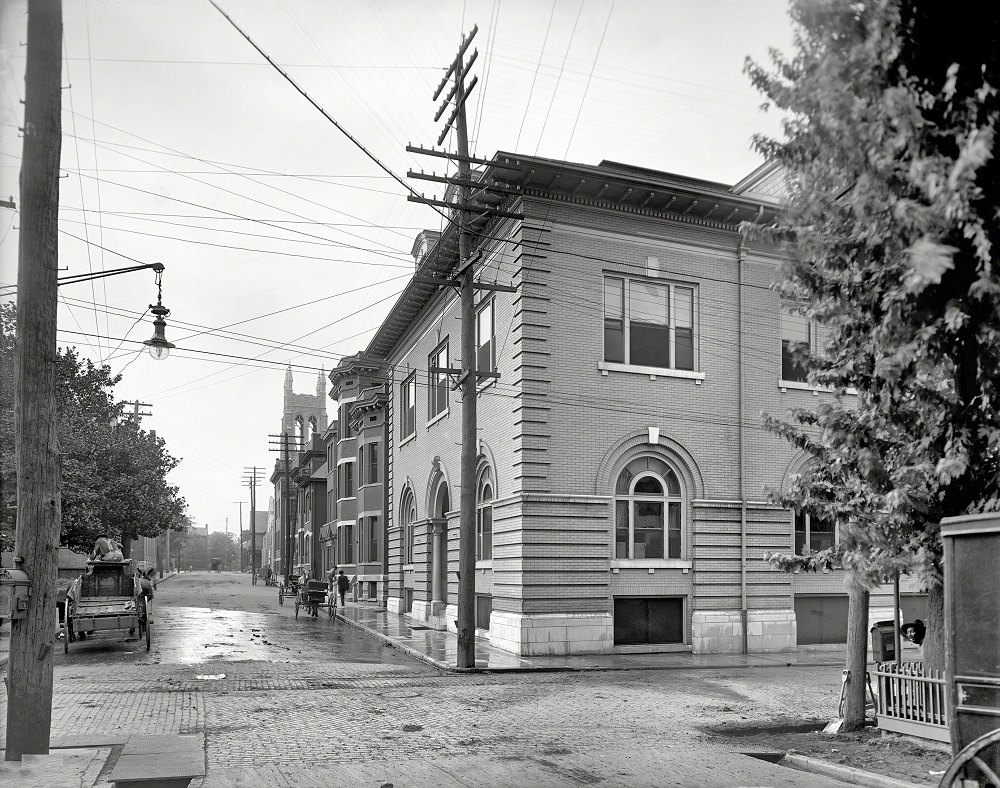
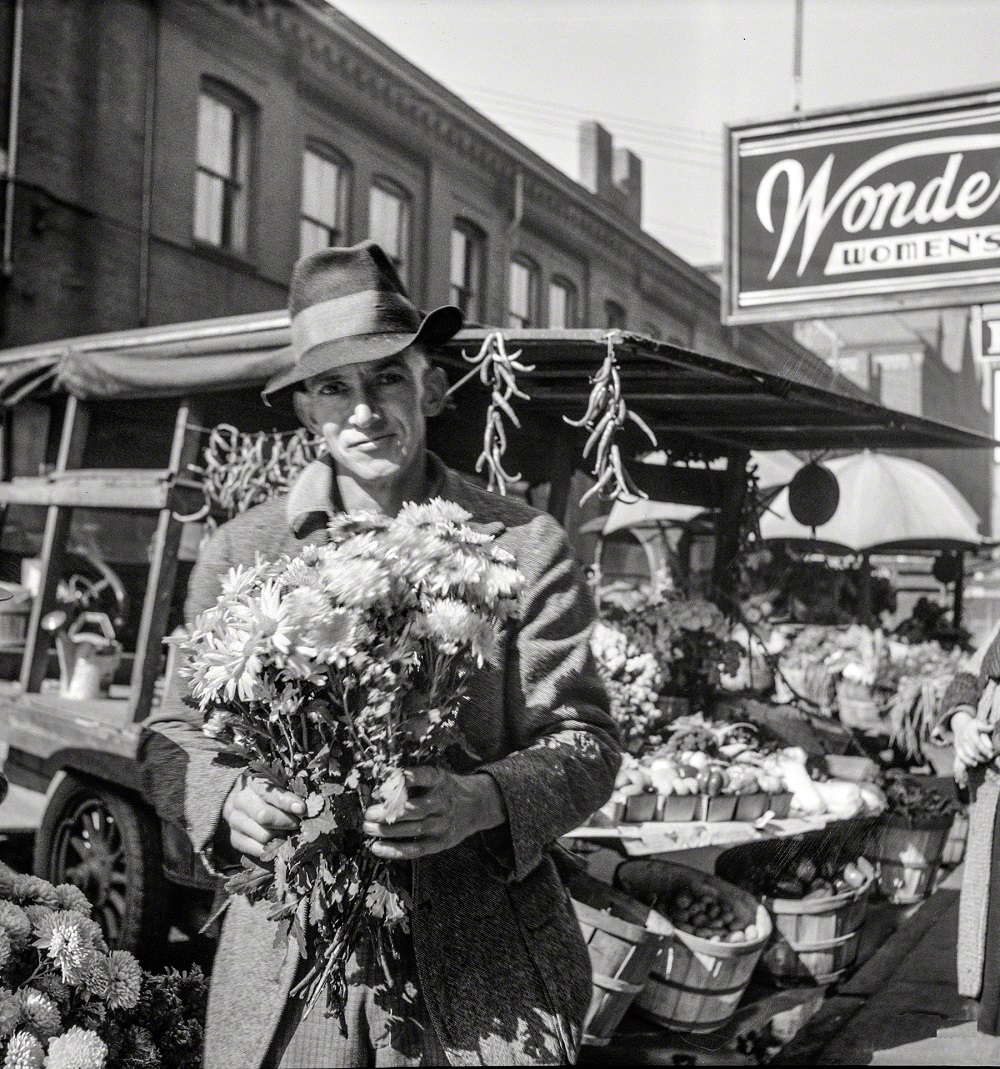
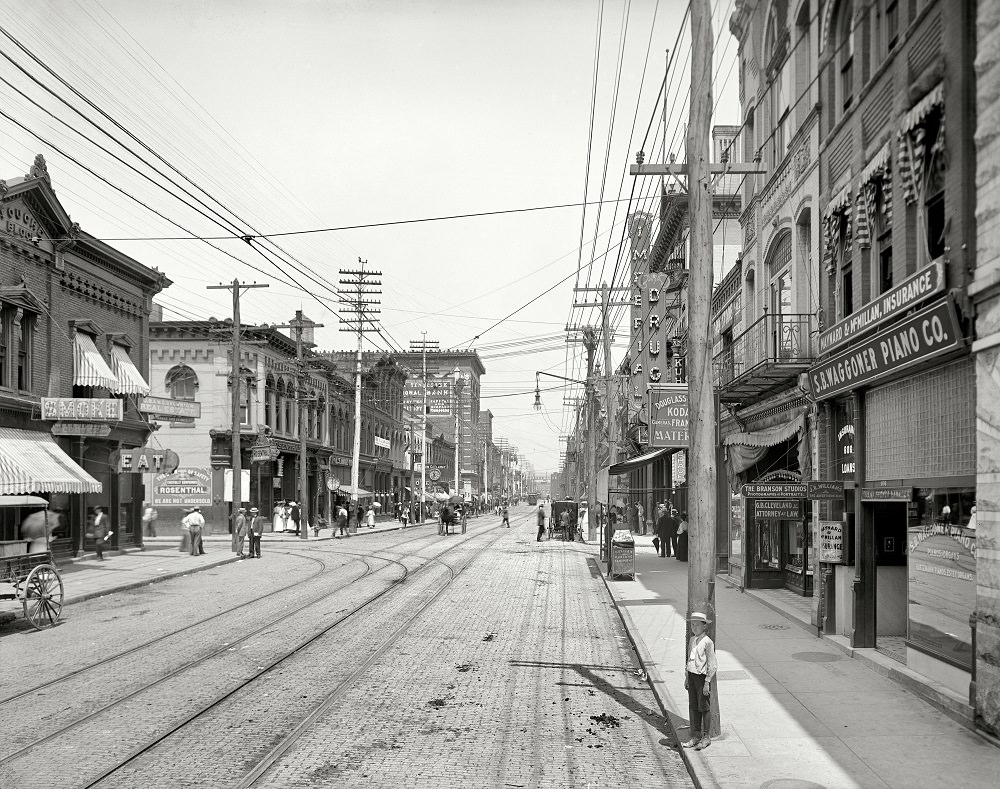
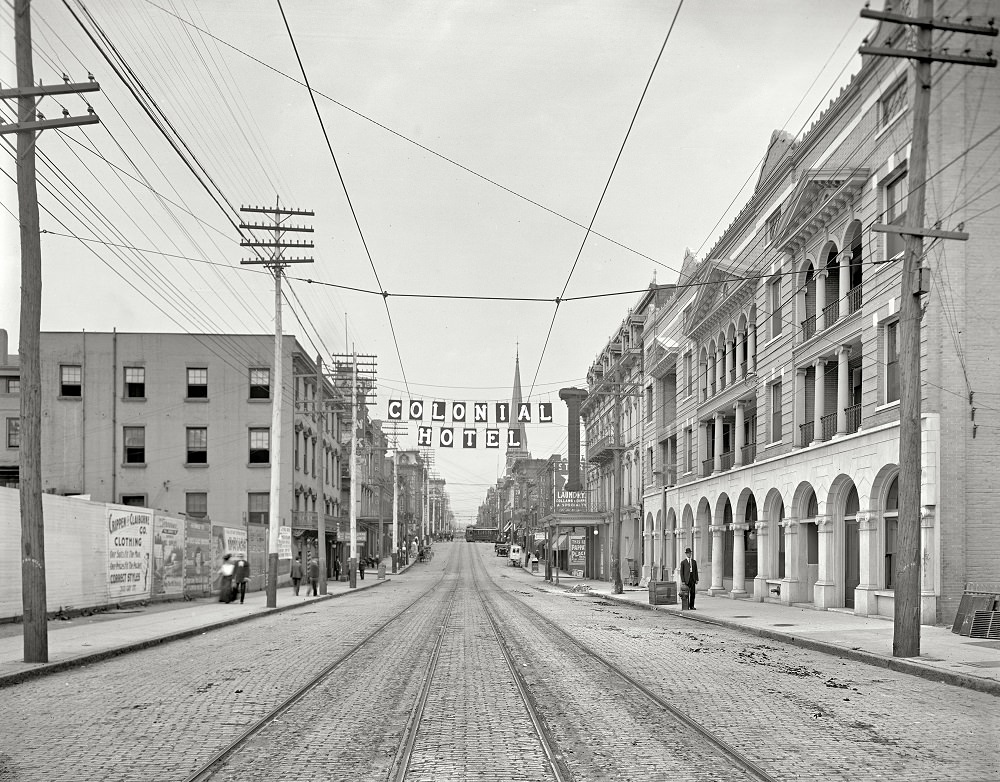

Train tracks and street car tracks are beautiful. Restore the street cars and the rail lines
In general, good public transit networks were put into place years ago, and the city has grown around them, like in New York City or big European cities. I meant this when I said the ship had sailed for Knoxville. At least we aren’t in Nashville. The city is quickly becoming one of the biggest in the country, but there is no hope for public transportation. It will always be a traffic nightmare. It would be great to have some public transit system here since the idea of not necessarily having to own a car seems appealing. It seems improbable at this point. The fact that we have very little sidewalk space outside our downtown area and our residential neighborhoods (two essential things that help fill in the public transit gaps) makes it feel like a dream for a place like Knoxville.
I completely agree with you. For something like NYC, Boston, etc., down here, you’d need to tear down buildings and reroute interstates. What happens in Knoxville will impact Atlanta, Chattanooga, and possibly Louisville. This would be a nightmare scenario. Now add COVID to the picture, and it looks very bleak. Metro-North, which runs from NY to Boston, is suffering badly because it isn’t used as much. As an example of infrastructure problems, in the city where I grew up, they have planned to rebuild an old railroad swing bridge for years. Every time a big boat or ship passes through the harbor, the bridge opens. Occasionally, the bridge has been stuck open, causing absolute chaos for all trains in New York and Connecticut. Those bridges and tracks up there would have to be updated before we could even think about doing something here. That’s a big problem. I wish they weren’t in that state of disrepair.
I’m not sure if street cars downtown would be a massive benefit for Knoxville. In ten minutes, you can walk from one end to the other. However, they are nostalgic and look nice. The ship of citywide public transportation has long since sailed, so everyone would still have to drive downtown.
As you suggest, they were never nostalgic or gimmicky. In the early 20th century, not just here but across the country, they were the primary mode of transit. In addition to serving the downtown area, street cars also served east Knoxville, the old city, and Broadway. Although Knoxville is largely car-dependent now, public transit can still be improved. We have a vast sustainability problem (and a very expensive one), so citywide transportation options are a necessity (and that’s before we talk about poverty, social mobility, or climate change). Knoxville has a lot of potholes, but that’s because the city and the state are inundated with debt, trying to build new roads and maintain existing ones. Like the entire country, Knoxville needs a complete overhaul of its urban planning, but transportation is an excellent place to start
I am most familiar with the transit system in London. Nearly anywhere in Central can be reached by Tube within a few blocks. This is amazing. Buses have to pick up some of the slack farther outside the city, but the situation is similar. A new line is currently being added, and the underground section of 5 miles through central has been a complete disaster. They are present £4B over budget and five years behind schedule. It is stuff like that that makes me sceptical about adding transit lines to an urban area.
The idea that only New York City and “big” European cities grew up around transportation is not accurate. Even small US cities with fewer than 10,000 people had streetcars, and the US had more streetcar tracks than the entire world. This was done deliberately. The European Union also went through a car phase just like the US, but unlike the US, they are undoing much of the damage caused by car-centric policies. Similarly, they built plenty of highways and cut up their tram lines (though not to the same extent as the US), but have learned from their mistakes (for the most part).
Furthermore, it isn’t just large cities in Europe. Many cities of ten thousand and less have (well-maintained) bus lines that run through them and train stations if they lie on a train line. In contrast to the US, where it is only possible to get around without a car in places like NYC, Boston, and a few others, Europe has very few places where a vehicle is necessary.
Love the street car tracks and the railway. Bring back the street cars and the rail service
Maybe the thread title should have included the word “early”. It’s going to make those of us who grew up in 1900’s Knoxville feel pretty old.
Loved this!!
So neat to see the old photos of the southern railway station.
It’s upsetting to see what has been taken from you.